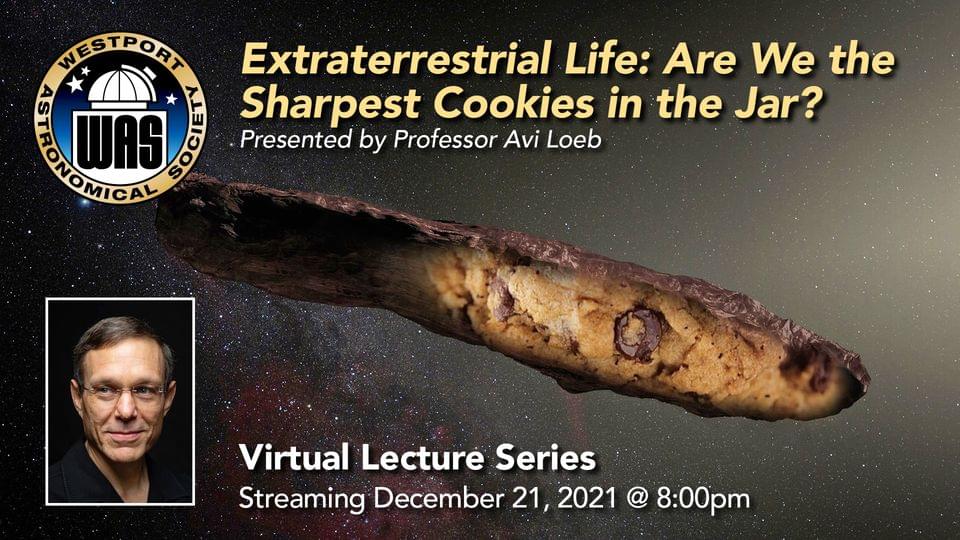To handle this, people have trained neural networks on regions where we have more complete weather data. Once trained, the system could be fed partial data and infer what the rest was likely to be. For example, the trained system can create a likely weather radar map using things like satellite cloud images and data on lightning strikes.
This is exactly the sort of thing that neural networks do well with: recognizing patterns and inferring correlations.
What drew the Rigetti team’s attention is the fact that neural networks also map well onto quantum processors. In a typical neural network, a layer of “neurons” performs operations before forwarding its results to the next layer. The network “learns” by altering the strength of the connections among units in different layers. On a quantum processor, each qubit can perform the equivalent of an operation. The qubits also share connections among themselves, and the strength of the connection can be adjusted. So, it’s possible to implement and train a neural network on a quantum processor.







